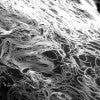
Rice scientists have developed an acid-based solvent that simplifies carbon nanotube processing.

Rice scientists have developed an acid-based solvent that simplifies carbon nanotube processing.
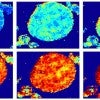
Lithium’s narrow paths limit batteries
Study suggests that lithium batteries would benefit from more porous electrodes with better-aligned particles that don’t limit lithium distribution.
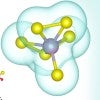
Rice lab improves recipe for valuable chemical
Rice University theorists show why salt gives a significant speed boost to valuable 2D molybdenum disulfide, an effect they say may work for other 2D materials as well.

Treated plastic waste good at grabbing carbon dioxide
Rice University chemists treat waste plastic to absorb carbon dioxide from flue gas streams more efficiently than current processes.
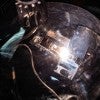
Graphene gets enhanced by flashing
Rice University scientists who developed the flash Joule heating process to make graphene have found a way to produce doped graphene to customize it for applications.
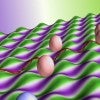
Don’t underestimate undulating graphene
A theory by Rice University scientists suggests putting graphene on an undulating surface stresses it enough to create a minute electromagnetic field. The phenomenon could be useful for creating 2D electron optics or valleytronics devices.

Models for molecules show unexpected physics
Rice engineers discover unusual properties in magnetized colloids that surprisingly adhere to the physics described by Kelvin’s equation, which models the thermodynamics of molecular systems.

People, papers and presentations for Feb. 28, 2022
Rice materials scientist Pulickel Ajayan is co-lead author of a forward-thinking perspective of quantum materials manufacturing in Advanced Materials, and Will Rice College senior Eduardo Gonzalez Villarreal was named the Texas Chapter of the American College of Sports Medicine’s 2022 Undergraduate Major of the Year for Rice University.

Inaugural class of Rice Innovation Fellows announced
The Provost’s Office and the Liu Idea Lab for Innovation & Entrepreneurship (Lilie) have announced the inaugural class of Rice Innovation Fellows, a program that will provide educational and financial support to the next generation of scientist- and engineer-led spinout ventures.

Strong magnets put new twist on phonons
Phonons, quasiparticles in a crystal lattice that are usually hard to control by external fields, can be manipulated by a magnetic field -- but it takes a very strong magnet.
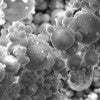
Rare earth elements await in waste
Rice University scientists applied their flash Joule heating process to coal fly ash and other toxic waste to safely extract rare earth elements essential to modern electronics and green technologies.

Matthew Jones wins NSF CAREER Award
Rice chemist Matthew Jones wins an NSF CAREER Award to study controlled growth of metallic nanoparticles for biomedicine, energy storage and computing.

Machine learning fine-tunes flash graphene
Rice University scientists are using machine learning techniques to streamline the process of synthesizing graphene from waste through flash Joule heating.
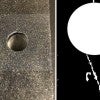
Now you don’t see it … and now you do
Scientists and engineers from Rice University and the Kuwait Institute for Scientific Research discover fluorescence from silicon nanoparticles in cement and show how it can be used to reveal early signs of damage in concrete structures.
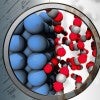
Rusting iron can be its own worst enemy
Atom-level simulations reveal the reason iron rusts in supposedly “inert” supercritical carbon dioxide fluid. Trace amounts of water can cause a reaction at the interface between iron and the fluid, prompting the formation of corrosive chemicals.